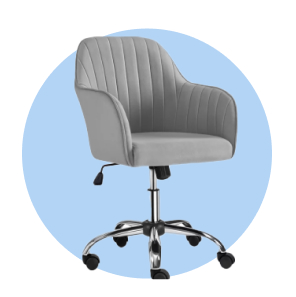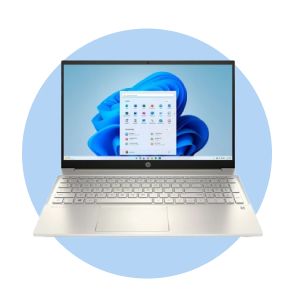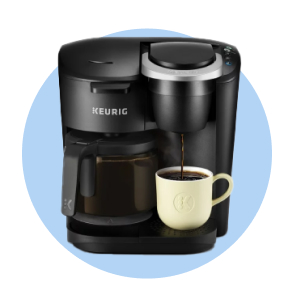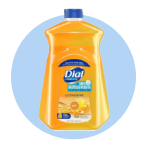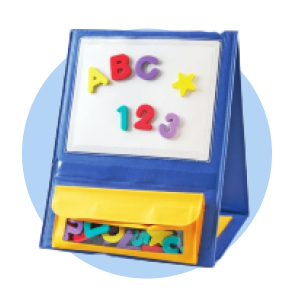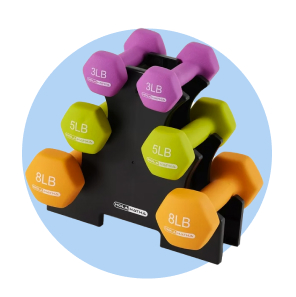
4 Factors to Consider Before Buying Wholesale Paper
Research these details first
No matter how you cut it, businesses consume a lot of paper—up to 84 million tons every year, according to AFRY sales data. At those volumes, it’s not enough to buy a few packs when your printer levels are low. Many office managers will have to buy in bulk to keep up with daily operations.
The problem? Not just any wholesale supplier will do. There are several factors owners and managers must keep in mind when ordering wholesale paper supplies.

1. What type of wholesale paper do you need?
There’s no shortage of paper products available to buy, but the differences between them aren’t always evident at first glance. When ordering in bulk, you’ll need to be certain you’ve purchased the right paper category before the pallet is mid-delivery. Take a moment to review the following categories:
- Inkjet paper: As the name suggests, inkjet paper is intended for use with inkjet printers. It has a special coating that absorbs ink and dries quickly while preventing smears and distorted text.
- Laser paper: Unlike inkjet technology, laser printers use heat to fuse toner particles directly onto each page. Laser paper is heat-treated to prevent damage to the finished document while still allowing for bonds with the toner.
- Multipurpose paper: Multipurpose pages strike a balance between the features of inkjet and laser papers. Its versatility makes it a common choice for many offices, although it is not quite as durable as laser sheets.
- Photo paper: It’s best to use durable paper when printing high-quality photographs. Photo paper is usually designed for inkjet or thermal dye printers, and features matte or glossy coatings that enhance the printed image.
- Bond paper: Bond paper is made from cotton textiles, producing a thicker and more durable sheet than multipurpose pages. It was initially used for government documents and bond agreements, but is now used for graphic design work and as stationary.
- Cardstock: There’s no mistaking cardstock for other printing papers since its texture is closer to paperboard. Cardstock is compatible with many printers and remains an ideal choice for business cards and cover pages.

2. How much does it weigh?
Paper weight and thickness are major considerations when you’re buying in bulk—the weight alone can influence shipping costs.
For buyers, one of the biggest challenges is understanding paper measurements. In the United States, for example, paper weight is typically displayed in pounds per 500 sheets—even if the paper is sold in other amounts. Meanwhile, countries using the metric system measure paper in grams per square meter. Some companies may also weigh paper using the mils system, which accounts for the weight and thickness of each sheet.
If your supplier or manufacturer uses a specific measure to track weight, you may need to convert it to another system to fully understand what you’re dealing with. In general, however, 500 pages of multipurpose paper typically weigh about 5 pounds.

3. Have you found a reliable supplier?
Outside of choosing the right product, choosing reliable paper wholesale suppliers is vital when buying in bulk The good news is you can find many potential partners throughout the supply chain, each with their benefits and drawbacks:
- Manufacturers: When you need to buy in bulk, start by going to the source. Some manufacturers may be willing to sell to you directly, which provides room to negotiate prices. The greatest benefit to working with manufacturers, however, is you can arrange custom orders that might not be possible with other suppliers. If you need a non-standard paper size or coating, manufacturers will be the ideal partner.
- Distributors: If you need someone to arrange low prices on your behalf, a distributor may be the best option. These are the intermediaries between manufacturers and businesses who arrange sales and shipments at scale. Most importantly, distributors work with clients to find optimal solutions to their specific needs.
- Wholesalers: As the traditional bulk purchasing supplier, there are many good reasons to turn to wholesalers. These companies are a specialized kind of distributor with one goal—moving large paper orders as cost-efficiently as possible. A wholesaler relationship is highly transactional and rarely accounts for service details outside of volume. All the same, when you need lots of paper quickly, it’s hard to beat a wholesaler.
- Retailers: Retailers are typically known for selling products by unit, but there are exceptions. Some retailers let you buy wholesale paper, which reduces supply chain management—something that is particularly helpful for small businesses.
Whatever category you choose, take the time to research your supplier. Start by looking up reviews, case studies and any first-party references from other clients. Pay special attention to any customer support services they offer—these will be especially helpful for resolving any problems that might occur with your orders.
4. How are you addressing sustainability?
Paper has many uses, but it also represents serious environmental concerns, from deforestation to overall paper waste. If you’re buying wholesale, it’s a good idea to make sure your purchases aren’t part of the problem. Thankfully, growing awareness of these issues means there are more opportunities to:
- Reduce your paper weight: Once you’ve established the type of paper you need—whether it’s bond or multipurpose—try to minimize the weight per square meter. This additional step ensures you’re getting the largest print area per sheet of paper without compromising on your business goals.
- Choose a certified supplier: Many paper manufacturers and suppliers now use green certifications to promote their sustainability practices to customers. Research any advertised certifications to better understand what actions your partners are taking. Don’t forget about sustainable shipping certifications, which also have positive environmental impacts!
- Use recycled paper: Try to prioritize manufacturers that make recycled paper wherever possible. Not only does it reduce deforestation, but the fibers take less energy and water to produce than non-recycled paper.
Need a wholesale paper supplier? Walmart can help.
When you need any paper type in bulk—from copy to photo—you want a reliable supplier. That’s where Walmart Business comes in. Order multiple sizes of paper from Walmart.com to suit your business needs. For more benefits, a Walmart Business+ membership will unlock free shipping,1 free delivery from store on orders over $352 and 2% rewards back for purchases over $250.3 That can add up to a savings of over $500 per year.4 Learn more here.
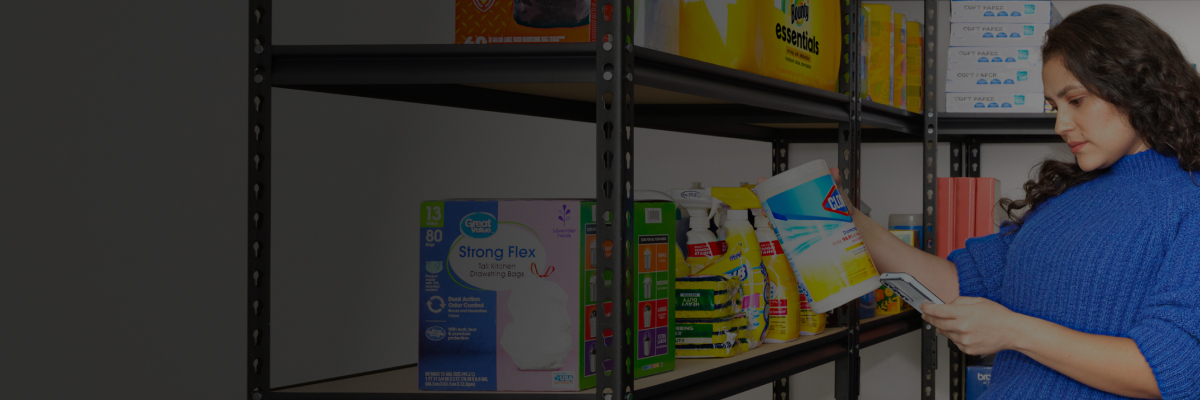
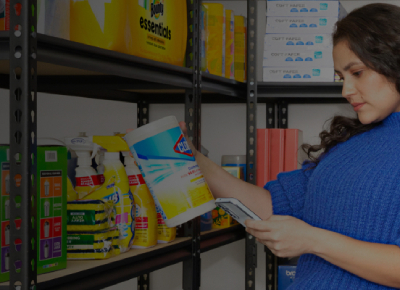
Limited-time offer
Unlock your special promo code
Stay informed on Walmart Business news & get $20 off a $100 purchase!1
1Minimum order of $100. Promo code can be used one time & may not be combined with other offers. Offer not transferable & void where prohibited by law. Customer responsible for all applicable taxes. Offer expires 12/31/2025 at 11:59pm PT. Further restrictions apply. See terms at checkout for details. Promo code offers available in limited quantities. While supplies last.
1 Excludes most Marketplace items, freight and certain location surcharges.
2 Rewards can only be used toward future purchases on Walmart Business. Additional terms apply.
3 Excludes most Marketplace items, freight and certain location surcharges.
4 Savings based on 1 free $35+ delivery order vs. $9.95 fee and 1 free shipping order under $35 vs. $6.99 fee biweekly, plus 2% Walmart Business Rewards on monthly order >$250 (average value of $400).
Exciting news awaits
Hear firsthand about new products, features & promotions.
By clicking submit, you agree to receive emails about Walmart Business and acknowledge you have read and agreed to our Terms of use and Privacy Policy.



